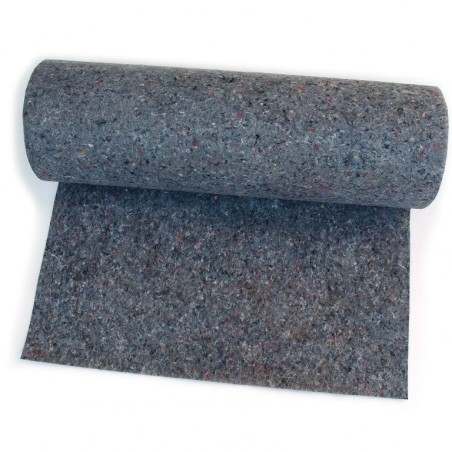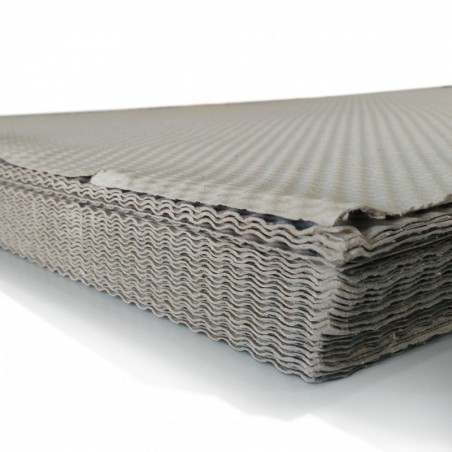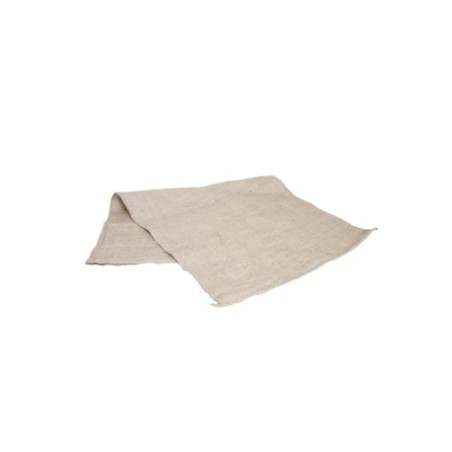Farrowing is a risky process for the sow and the piglets, and this risk increases in the case of dystocic ones, that are the result of prolonged natural parturitions that need a lengthy or severe manual procedure. The peripartum period is especially critical, because it can bear its effects on the health of the sow (for instance endometritis, retained placenta or mastitis-metritis-agalactia syndrome) and on the neonatal mortality of piglets. So, the peripartum can entail health and welfare problems, and financial losses that can be reduced by increasing the knowledge during this stage and improving the handling.
Parturition is a painful and stressful process

It is generally accepted that farrowing causes an acute pain in all the species. In the case of sows, around the moment of parturition, an increase in the C-reactive protein and the haptoglobin concentrations has been detected, signalling inflammation, tissular damage and, therefore, pain.
Parturition also elicits a stress physiological response, shown by the increase in the plasma cortisol concentrations. This is caused, in the first place, because pain is always accompanied by a stress response, and in the second place, because all the new or infrequent situations can trigger stress. Also, sows housed in stalls experience an additional stress due to movement restriction, that does not allow them to express, appropriately, their maternal behaviour as, for example, the nest-building behaviour.
The pain and the stress caused by parturition are not important only because of their negative effects on welfare, but they can also have important consequences on production, because they inhibit the oxytocin release and therefore reduce the myometrial contractions and delay the colostrum ejection (Figure 1).
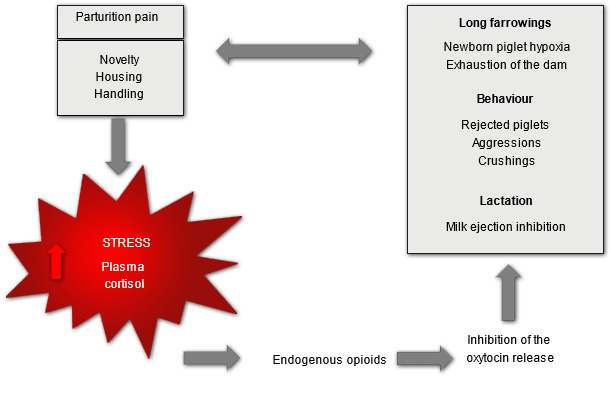
Figure 1. Main consequences of the pain and stress caused by parturition.
Factors that affect the pain caused by parturition
Gilts and sows with dystocic farrowings experience, a priori, a higher degree of pain during labour.
Apart from the lack of experience of the gilts during their first farrowing, the degree of effort related with parturition is normally higher in primiparous than in multiparous sows.
In sows, the average length of a normal farrowing (from the first to the last piglet) is 2.5 hours. Longer farrowings (3-4 hours) are considered potentially problematic and, therefore, more painful. In the sows, the length of labour can be affected by factors such as the breed, parity, litter size, and if they are overweight. Also, some authors have described that it is more likely that a farrowing is prolonged in the case of sows with short gestations, a lengthy constipation and/or a lack of exercise, and in the case of piglets with a breech presentation and/or stillborn (Figure 2).
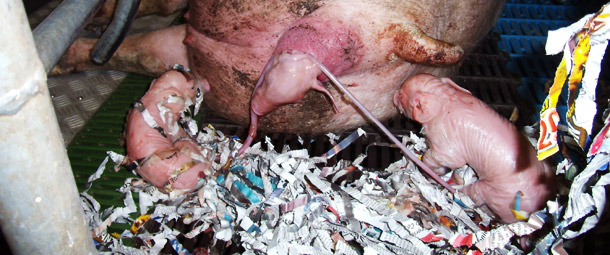
Figure 2. The cephalic presentation of the piglets at birth seems to be beneficial in terms of ease at labour, in comparison with the piglets born with a breech presentation.

Handling and treatments around the moment of farrowing
With the aim of minimising the stress conditions around farrowing, it is recommendable to take the sows to the farrowing rooms at least 5 days before giving birth, and to avoid noises, high temperatures and an excess of human intervention.
From the moment in which parturition starts, it is recommendable to watch the sow at least every 45-50 minutes. In case of dystocia, the treatment with oxytocin and the manual intervention are accepted practices in order to minimise stillbirths. In spite of this, the vaginal palpation must be performed in the most hygienic and least aggressive way, and the administering of oxytocin must only be carried out after evaluating the cervical dilation.
Finally, the possibility of administering analgesia during or after labour must not be ruled out. The administering of a non-steroidal anti-inflammatory drug (NSAI) around farrowing can reduce pain and inflammation, improve the health and welfare, and help to maintain or improve the fertility and the milk production. In spite of this, the scientific information on the impact of analgesia around parturition is sows is limited. Even so, it was shown that the injection of meloxicam in sows after giving birth had positive effects on the behaviour and welfare of the sows. Also, in a recent study, it was shown that the administering of meloxicam (oral route) in multiparous sows at the beginning increased the transference of maternal immunity (inmunoglobulins G) and improved the growth of the piglets (+231 g in 21-day lactations).
Summarizing
Farrowing is a painful and stressful process, especially in the case of gitls and/or in the case of dystocic farrowings. It is recommendable to know the most frequent causes of potentially problematic farrowings and know how to implement especially careful handling guidelines during and around parturition. It is necessary to avoid stress situations as much as possible, and the convenience of pain-killing treatments must be also borne in mind.




